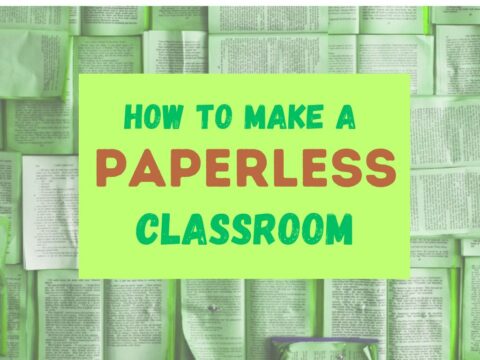Understanding how to use the internet has become a cornerstone issue for students. No longer do they complete their research on projects solely in the library. Now, there is a vast landscape of resources available on the internet.
But with wealth comes responsibility. As soon as children begin to visit the online world, they need the knowledge to do that safely, securely, responsibly. There are several great programs available to guide students through this process (Common Sense’s Digital Passport, Carnegie CyberAcademy, Netsmart Kids). I’ve collected them as resources and developed a path to follow that includes the best of everything.
Here’s Fourth Grade:
Overview/Big Ideas
Why is it important to be a good digital citizen? How can students do this?
Essential Questions
- What is a ‘digital citizen’?
- What are my rights and responsibilities as Digital Citizens?
- How is being a citizen of the internet the same/different than my home town?
- What are the implications of digital citizenship in today’s world?
Objectives and Steps
____Every year, take time to discuss how students can stay safe on the internet.
____Review last year’s discussions on the meaning of ‘digital citizens’, ‘digital privacy’ and ‘image copyrights’. Solicit ideas and experiences from students.
____Review ‘plagiarism’. What does it mean? Why should you give credit to original authors of information? What are the consequences? Watch this Plagiarism video
____Review potential risks and dangers associated with online communications. Watch this video from Cybersmart on Internet Safety.
____Discuss the importance of passwords to protect privacy. Remind students that they never share passwords, even with friends. Watch Password Rap on making strong, effective passwords. Use Password Bird to create passwords for one or more school sites students use.
____What is ‘netiquette’? Discuss ‘internet etiquette’ as it relates to a fourth grader.
____What is cyber-bullying? Circle back to last year’s bullying discussion. One is done in the physical world; one in the virtual world. What’s the difference? If you consider your students old enough, discuss ‘verbal abuse’. Why is any sort of bullying and abuse bad?
____Review the concept of online presence. What does that mean? Is that safe? How can students protect their online privacy? Discuss the importance of never posting private information about themselves online, including their pictures.
____To support this discussion, create Voki avatars (see Lesson #4 under 4th grade in this book). These avatars will be placed on the student blog pages or the class wiki. Have each student Voki discuss some piece of digital citizenship, plagiarism, netiquette, cyber-bullying or the importance of privacy in a student’s online presence.
____Reinforce these concepts by circling back on them every time students go online.
Extension
In free time, go here and find out strategies for internet privacy, IMs, emails, chatting online. Or play Internet Hangman.
Trouble shooting
This frightens some of my students. Take extra time with those kids to reassure them, but reinforce the message.
Photo credit: PublicDomainPictures
For Digital Citizenship links for K-6, click here.
Jacqui Murray has been teaching K-18 technology for 30 years. She is the editor/author of over a hundred tech ed resources including a K-12 technology curriculum, K-8 keyboard curriculum, K-8 Digital Citizenship curriculum. She is an adjunct professor in tech ed, Master Teacher, webmaster for four blogs, an Amazon Vine Voice, CSTA presentation reviewer, freelance journalist on tech ed topics, contributor to NEA Today, and author of the tech thrillers, To Hunt a Sub and Twenty-four Days. You can find her resources at Structured Learning.




































